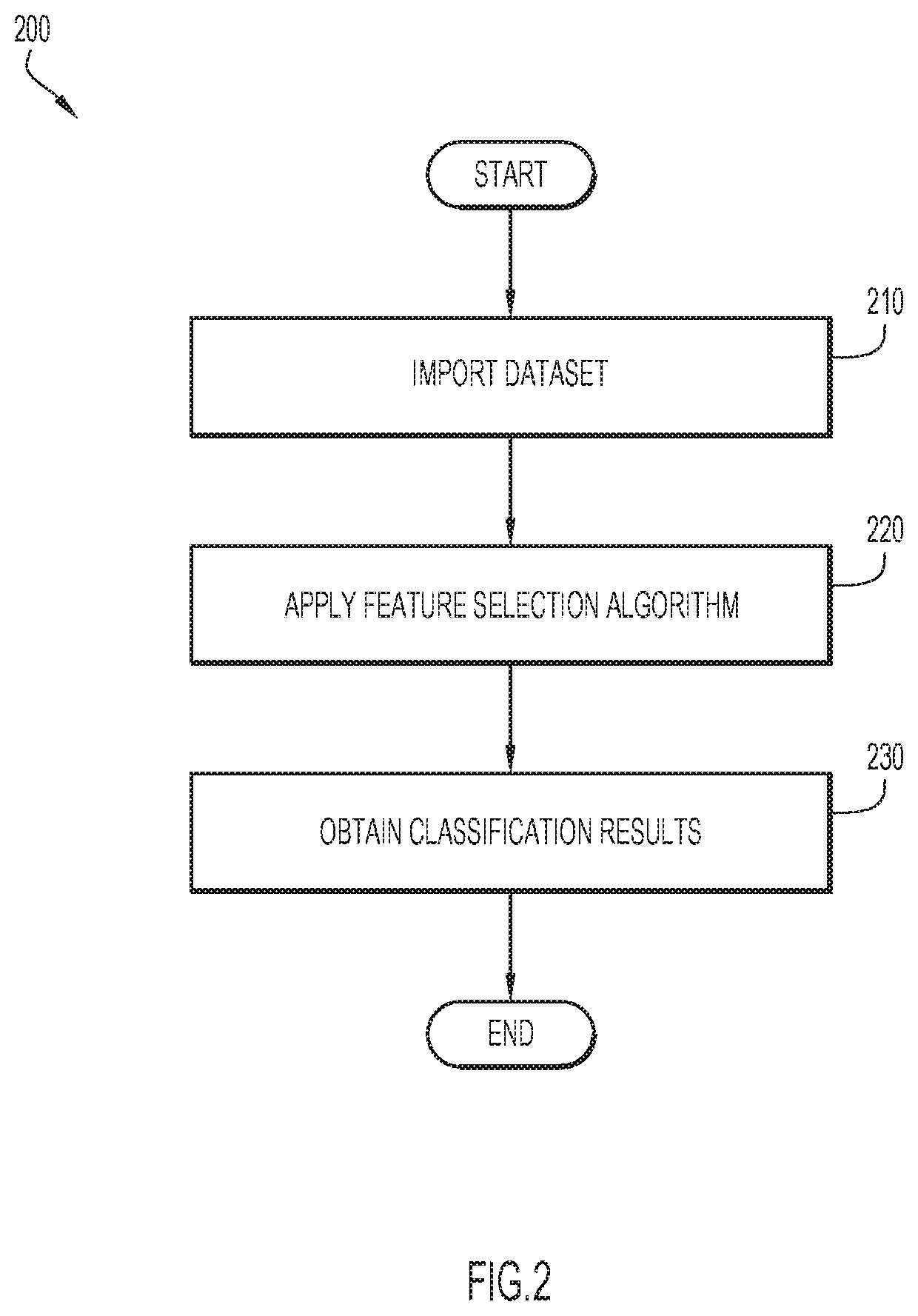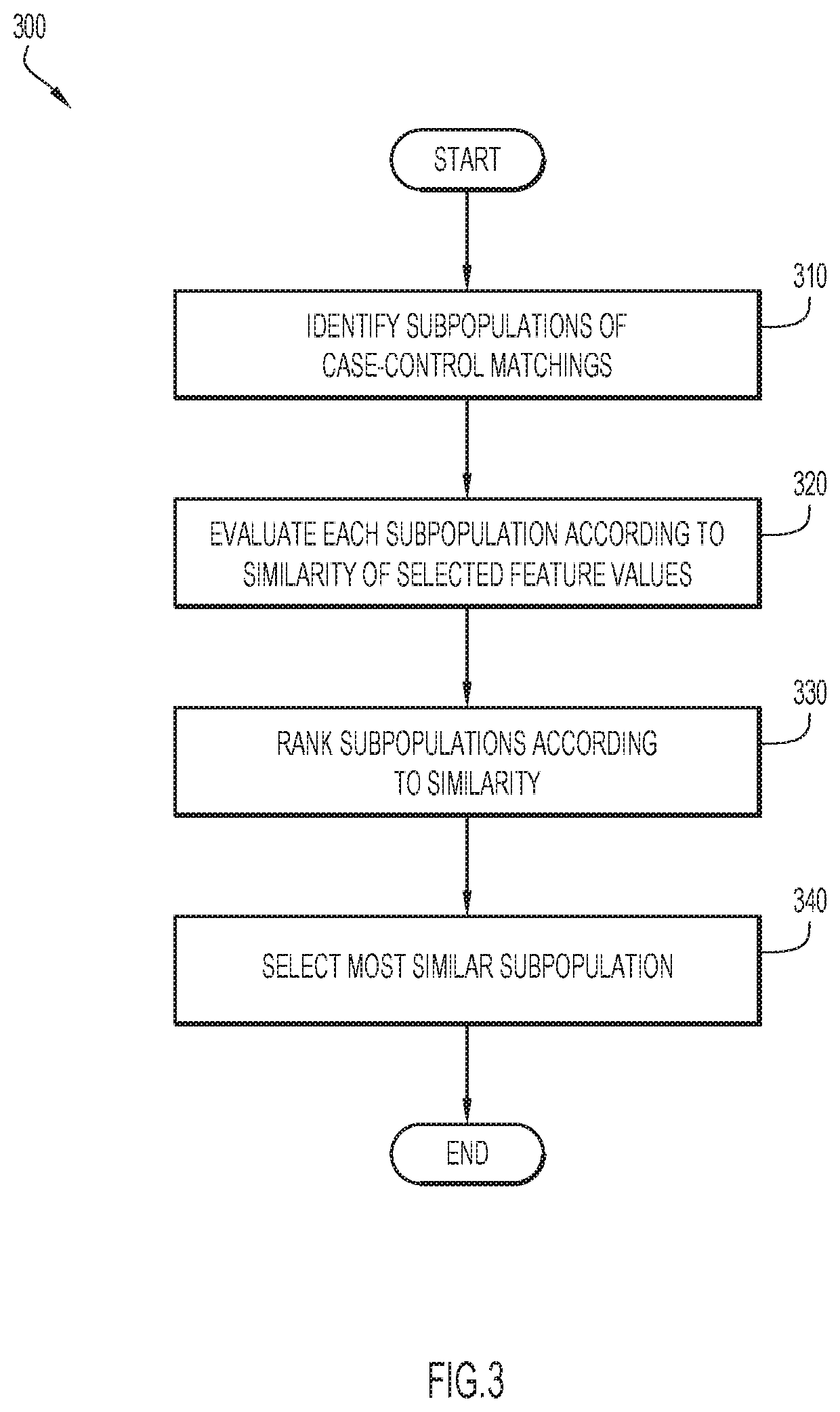Data model processing in machine learning employing feature selection using sub-population analysis
a data model and feature selection technology, applied in the field of machine learning, can solve the problems that feature selection techniques cannot identify some features that are nevertheless informative, and achieve the effects of increasing processing efficiency, accurate prediction of outcome, and increasing the accuracy of computerized predictive models
- Summary
- Abstract
- Description
- Claims
- Application Information
AI Technical Summary
Benefits of technology
Problems solved by technology
Method used
Image
Examples
Embodiment Construction
[0013]Present invention embodiments relate to machine learning, and more specifically, to improving the computerized processing of data models used in machine learning by enhancing feature selection using sub-population analysis. A predictive model refers to a data model that processes input data to forecast a selected outcome. For example, a predictive model may process clinical data of a patient to determine the most likely outcome of the patient (e.g., recovery from a disease). In order to develop such a model, machine learning techniques may be applied to train the model using a training sample of example clinical data that includes both types of outcome (e.g., recovered vs. not recovered from a disease). A feature selection technique may identify certain data features in particular that are most useful as indicators of, or proxies for, the outcome of interest; the selected features are then used to develop a predictive model. It should be noted that the term “feature” could als...
PUM
 Login to View More
Login to View More Abstract
Description
Claims
Application Information
 Login to View More
Login to View More - R&D
- Intellectual Property
- Life Sciences
- Materials
- Tech Scout
- Unparalleled Data Quality
- Higher Quality Content
- 60% Fewer Hallucinations
Browse by: Latest US Patents, China's latest patents, Technical Efficacy Thesaurus, Application Domain, Technology Topic, Popular Technical Reports.
© 2025 PatSnap. All rights reserved.Legal|Privacy policy|Modern Slavery Act Transparency Statement|Sitemap|About US| Contact US: help@patsnap.com



